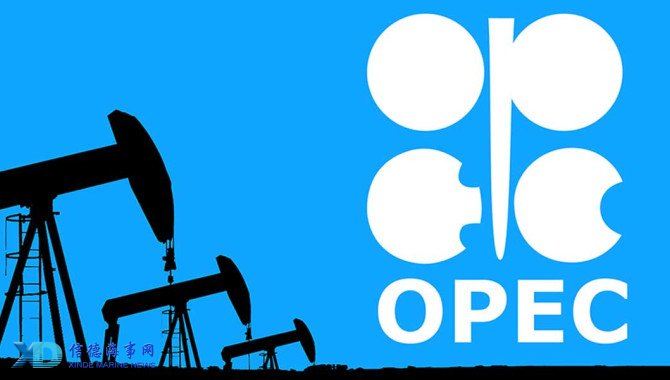
London — OPEC has painted a bearish picture for 2019, with demand for its crude oil expected to fall due to weak demand growth and a sharp rise in output from producers outside the group.
The group's 14 members pumped 30.81 million b/d in January, down from 31.60 million b/d in December, according to its Monthly Oil Market Report Tuesday.
Oil prices have recovered since December, when they fell to a 15-month low, with ICE Brent trading above $62/b this week.
At the last OPEC meeting in Vienna, the group's members agreed to slash output by 812,000 b/d, with Russia and nine other non-OPEC allies committing to a cut of 383,000 b/d for the first six months of 2019.
OPEC's research division estimates demand for its crude will average 30.62 million b/d in the first half of 2019, around 190,000 b/d lower than last month. Demand for OPEC crude in 2018 averaged 31.60 million b/d.
Demand growth in 2019 was revised down to 1.24 million b/d due to "lower economic expectations from OECD Americas, Europe, as well as Latin America and the Middle East," the report said.
Global oil demand is estimated to average 100 million b/d this year, compared with 98.76 million b/d in 2018, OPEC said. The group pegged 2018 global oil demand growth at 1.47 million b/d.
In another bearish sign, non-OPEC oil supply growth in 2019 was revised up to average 2.18 million b/d due to production increases expected in the US, Brazil, Russia, the UK, Australia, Kazakhstan and Ghana.
The report however acknowledged that the growth in the US sector could be faced with further pipeline capacity constraints in North America, both in Texas and Alberta, as well as changes in the intensity of drilling and completion in the US shale industry.
OUTPUT CUTS RESUME
Saudi Arabia's crude output fell 350,000 b/d in January to average 10.21 million b/d, according to an average of the six secondary sources that OPEC uses to gage production.
The kingdom, however, self-reported production of 10.24 million b/d, its lowest since May 2018 and a fall of 401,000 b/d month on month. The kingdom has decreased production by 850,000 b/d since November when it pumped a record-high of 11.09 million b/d.
That is above its quota of 10.31 million b/d under the cut agreement, and its oil minister Khalid al-Falih said he expects production in March to fall by 500,000 b/d below this level.
Iraq's production fell marginally to 4.67 million b/d in January, much above its quota of 4.51 million b/d.
The UAE, OPEC's third-largest producer, pumped 3.07 million b/d in January, in line with its quota.
Venezuela, Iran and Libya were exempted from the deal, and those three countries contributed 115,000 b/d of involuntary cuts.
In Iran, hit by US sanctions, output was broadly stable in January at 2.75 million b/d, although this is also down 81,000 b/d from the 2018 average of 3.56 million b/d.
Fellow exempt member Libya pumped 895,000 b/d, down 52,000 b/d from December, while Venezuela, also exempt, produced 1.11 million b/d, a 59,000 b/d drop, according to the report.
RISING OIL INVENTORIES
January was the first month of the coalition's current deal, which is due to last until the end of June, with a review in April.
A key metric for the deal has been to lower oil inventories below the five-year average. OPEC acknowledged Tuesday it still has a long way in order to achieve this goal.
OECD inventories fell in December but they still remain 28 million barrels above the five-year average, according to OPEC's report, which shows that the producer group needs to do more to balance the market.
US total commercial oil stocks rose by 16.8 million barrels to stand at 1,259 million barrels, the report showed.
Source:S&P Global Platts
Please Contact Us at:
admin@xindemarine.com

